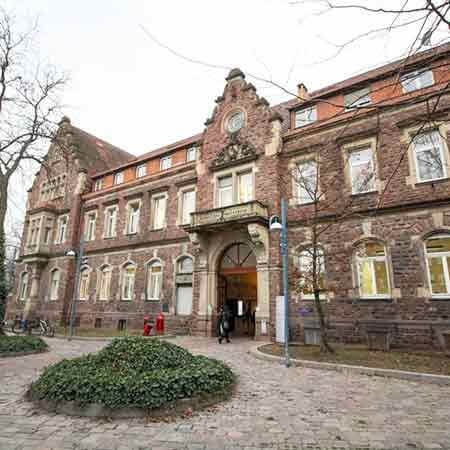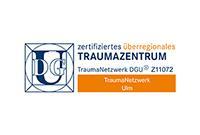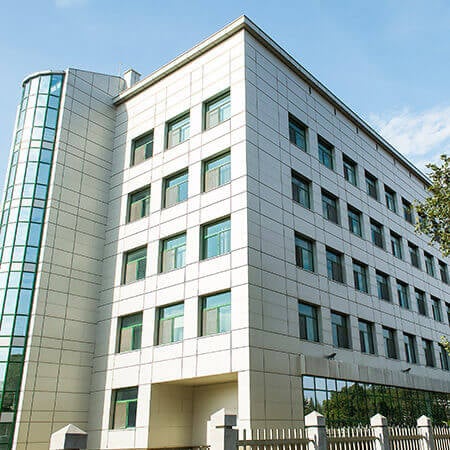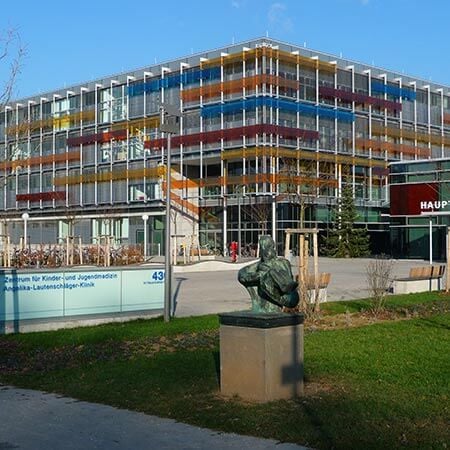About the disease
A shoulder fracture is where shoulder bones have been broken as a result of a fall or accident. There are three bones in the shoulder: the scapula (shoulder blade), the clavicle (collar bone), and the humerus (upper arm bone). These bones are joined at the shoulder and enable arm mobility. Other types of shoulder traumas, which have similar symptoms to a shoulder fracture, are dislocations and tears.
A shoulder fracture will typically start to manifest itself right after the break. It is a condition which needs emergency treatment. Almost 80% of all shoulder fractures are not displaced, making it easier to treat them. The broken pieces remain at their usual anatomical place and can be repaired by keeping the arm still. Usually a sling, which immobilizes the shoulder, needs to be worn for 6-7 weeks. Only 20% of fractures require surgery.
The most common cause of a shoulder fracture is a car or motorcycle accident. They account for 60% of all cases of shoulder fractures; the remaining 40% include falling on an outstretched arm or receiving a blow from a hard object such as a baseball bat.
Symptoms
- Acute pain in the shoulder region
- Inability to move the arm
- Shooting sensation in the neck
- Swelling
- Redness of the damaged region
- Deformity of the region
Diagnosis
- During a general examination, a doctor will check the position and alignment of the shoulder. This will also determine the exact origin of the pain.
- An X-ray can reveal whether the shoulder is dislocated or fractured and in the case of the latter, which bone has been damaged. It can also show the severity of the fracture and determine whether surgery is necessary.
- A CT scan is performed if X-ray images were not clear enough.
Treatment
- Osteosynthesis is a procedure whereby fractured bones are internally fixed with special metal devices. This is performed during open surgery. The metal devices bring the fractured bones together and keep them from moving.
- Non-surgical treatments include the wearing of a sling, which also holds the arm in one position. The sling can be taken off once the patient no longer experiences pain and the shoulder has completely regained its function.
Overall, it will take several weeks before you recover completely and return to your normal lifestyle.
Authors: Dr. Nadezhda Ivanisova, Dr. Sergey Pashchenko















